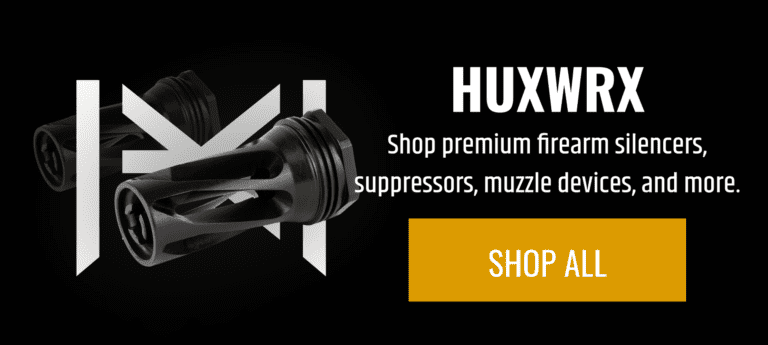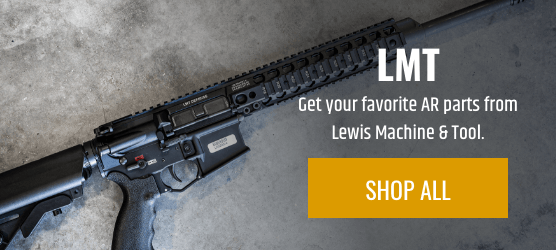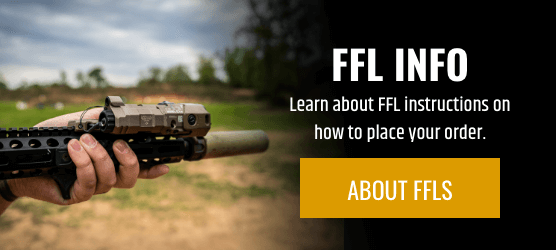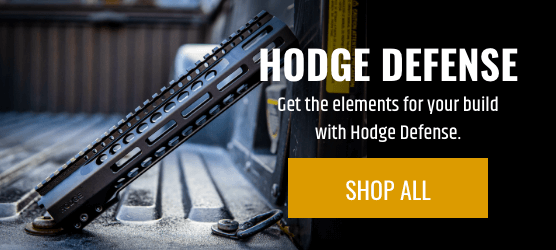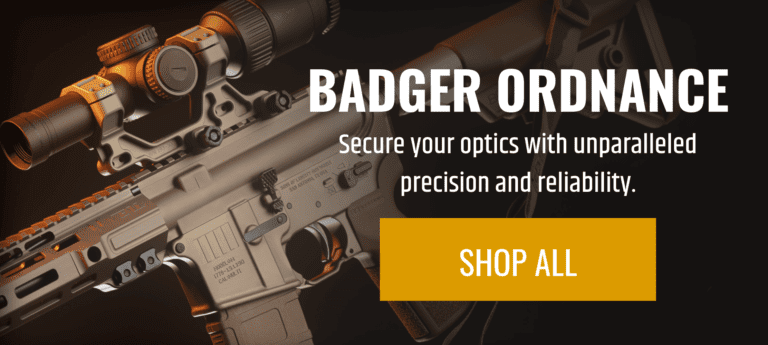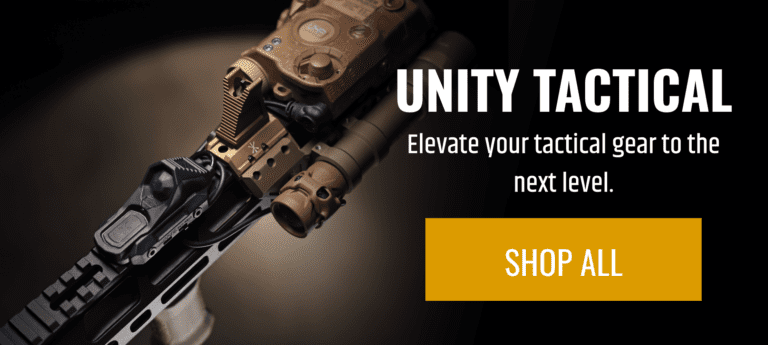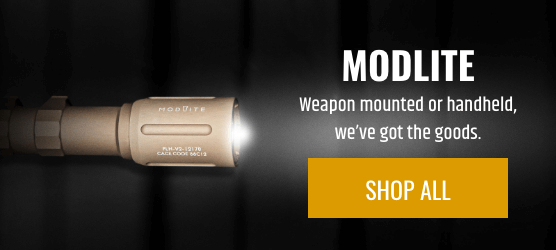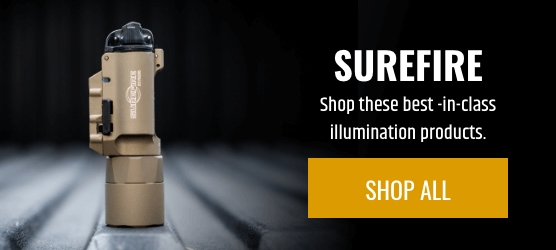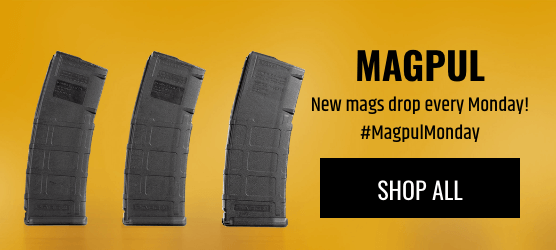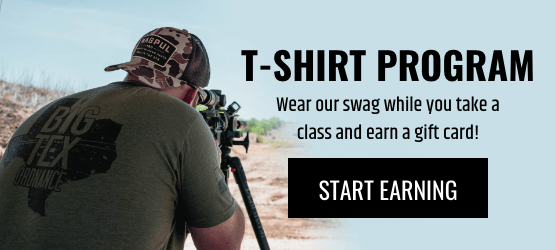

F3 TACTICAL BAOFENG RADIO COURSE AAR
Like many, many other people, I went out and bought a five pack of Baofeng UV-5R radios when I heard that they were going to be “banned”. (When the government decides to ban something that’s not going to kill you by using it, stocking up is almost always a great idea!) Given that the UV-5R still seems to be for sale, I’m not 100% sure what happened with the banning part, but everyone’s got them now. However, the radios are not doing anyone any good by sitting in a box in a closet, so F3 Tactical arranged to start doing basic courses in radio theory and how to configure the UV-5R and similar Baofeng radios. I missed the first class in January due to a family scheduling conflict, but I was very excited to be able to make it for the second class, held on “palindrome day” (also Super Bowl Sunday).
I had a really good time, and learned a lot. Read on for whether it’s right for you!
Class Title: Baofeng Radio Course
Class Description: None, beyond “learn to use your Baofeng radio!” This was compelling to me and quite a number of others.
Instructors: Stu Hensley. Stu is a career LEO doing fun SRT-type stuff. He’s also a radio nerd. These two things combine to make for a very relatable perspective on radio use. He was a funny, down-to-earth guy who clearly loved his radios and using them in interesting ways.
Location/Date: Sunday, 2/2/2020 from noon to 5PM. The class took place at F3 Tactical in Chantilly, VA. For those of you who frequent “The Nation’s Gun Show“, it’s almost exactly across the street from the Dulles Expo Center. I’ll talk about F3 Tactical a bit later, but it was one of the friendliest places I’ve ever taken a class, up to and including free snacks being included.
Equipment Details: I brought a Baofeng UV-5R, a programming cable, and the earpiece. I also had my trusty Surface Pro 4, which I used to do the radio programming.
Preparation Drills: I loaded up Chirp on a different computer and programmed a pair of UV-5Rs with the MURS bands using some online tutorials I found. My son and I had a good time messing around with them.
Author’s Previous Experience: Civilian with no military or LEO background. I do have a degree in computer science and plenty of experience with SMB-level networking, but no experience with amateur radio.
Class Demographics: About a dozen white guys rocking UV-5Rs (or similar Baofeng radios), except for our one token Filipino.
TD1 (afternoon): I arrived at F3 Tactical a few minutes early; since this was my first time there, I took the time to look around a bit. They have a very diverse line of gear, much of it relatively cutting-edge for a police and civilian equipment supply. They sell a bit of ammo, but no guns – kind of a rarity with such equipment shops.






I spent a few minutes talking with the owner, Jimmy Hat, about the store. It was founded in 2012, and it’s been a big part of the tactical scene in northern Virginia ever since. Jimmy found that the needs of LEOs and plain-jane civilians intersected to a much larger degree than most people realized, and the store evolved into the form it is in today. It’s also across the street from a police academy, so a lot of cops just starting out go there for their initial gear. You can see banners from all three of the major training outfits in the classroom, and there’s a roll of VCDL stickers on the counter. When I asked him about the secret sauce, Jimmy told me that he was always looking for the newest and best stuff – and was persistent about getting it.
I was impressed! If you need tactical gear in northern VA, this is the place to go. Jimmy also runs the F3 Tactical Training page on Facebook, which is your one-stop place for notification of upcoming tactical/gun classes in northern Virginia. This unto itself is a huge public service, and you should follow that page if nothing else.
The class itself was held in a small classroom. Quarters were tight, but I wouldn’t call it cramped. Power strips were available for those of us with laptops with less than stellar batteries. There were free snacks available during breaks, which definitely helped keep energy levels up.


Unlike most classes I take these days, this one was entirely classroom-based. The learning portion of the class was guided almost entirely by a Powerpoint deck. It was a good deck, and it was delivered very well. Stu’s experience with using amateur radio in a tactical and “practical” prepper capacity came out frequently in the form of real-world tips and advice that added a lot of value to the class.
I tried to take some notes as to the topics we covered. These aren’t complete, but they’re at least a smattering of what was covered:
- Definitions of radio receiver, transmitter, and transceiver.
- AM vs FM radio. (Amplitude vs Frequency modulation). Sky-wave vs ground-wave. NVIS radio for skywave at shorter ranges.
- Single side-band (SSB) for more efficient comms (upper side band (USB) vs lower side band (LSB)). NFM vs WFM vs FM
- Discussion of amateur radio license testing and types.
- Discussion of different bands. (Don’t use UV-5R for FRS – way too powerful.)
- Baofeng UV-5R technical information
- What’s legal vs what can you get away with (don’t be an asshole!)
- Analog vs digital vs encrypted
- Antenna type makes huge difference in who you can talk to (near vs far)
- Repeaters can really open ranges if you can use them
- 1/4 wave vs 5/8 wave (1/4 wave “bounces higher” for urban/mountains, 5/8 wave better for flatlands and suburban)
- Factors affect transmit power: height, power, frequency
- CB radio usage
- Basic radio intelligence gathering (it’s easier than you think with the right gear!)
- Hardware recommendations
- Chirp tutorial
I would broadly describe the topics as “radio theory” and “radio setup”. What we didn’t get to was stuff like packet radio, tactical nets, comms security, and radio communications protocols. Those would make for a great follow-on class, I think.
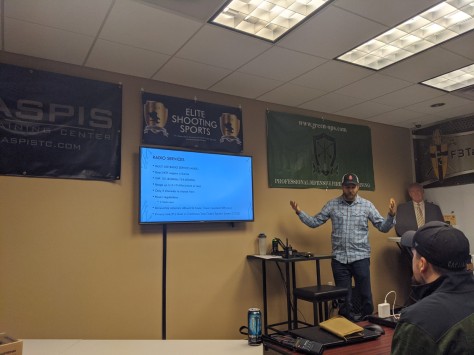

The last hour or so of class was setting up our radios in Chirp, and going over some of the specifics of Stu’s personal setup (which was indeed really good and locale-specific). This was a valuable portion of class, but I think it could have been used more effectively by asking students to set up Chirp and do a basic functionality test before they got to class. This would have ironed out some of the problems beforehand and saved the instructor’s time for more interesting things.


Class Debrief: Nothing particularly noteworthy.
After Class: The deck and some notes were going to be sent out eventually, but I haven’t received them yet.
Conclusions: This was a fantastic class if you were completely new to radios and needed some help getting your UV-5R set up in a mostly-legal configuration (the UV-5R’s regulatory compliance is somewhat suspect, even though it is broadly used). If you are at the point where you have solid radio theory knowledge, you’re able to program the UV-5R, and mostly know what all those columns in Chirp mean, this class is probably not what you need.
In the future, I’d like to see:
- Better class syllabus up front.
- More up-front prep work on the software/hardware side (“zeroing your radio before class”, as it were)
- A level II of this class focusing on outdoor field usage covering some of the topics we only touched on in this class. If this were to require a scanner or some other hardware, no problem, I’d buy it.
However, I do want to stress how great it was to have a radio class that approached the topic from how preppers and Gun Culture 2.0 tends to view things rather than the somewhat more tepid conservative view that has historically defined amateur radio. F3 Tactical also deserves a lot of credit for setting up the class, and I hope they continue to put on similar classes that don’t necessarily require shooting, but do teach about these kinds of important skill sets.




